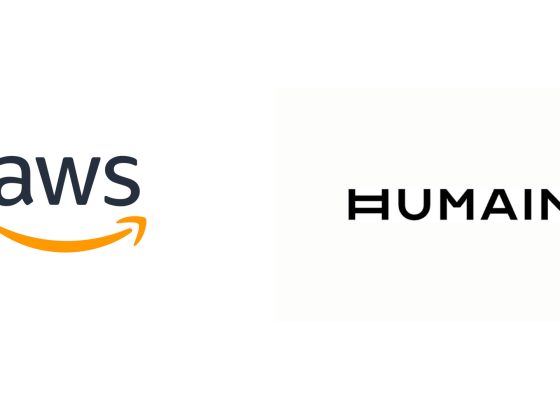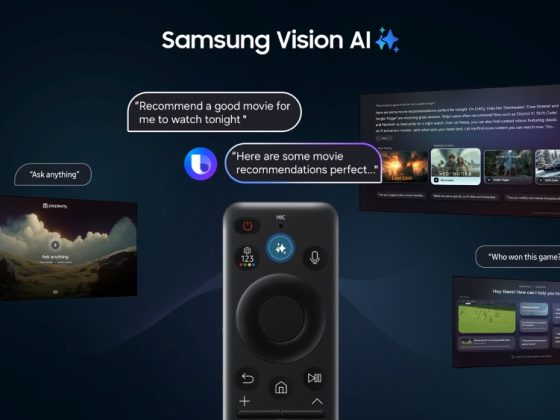As one of the over a billion people in the world with a disability, I’ve experienced how AI is revolutionizing the way we go through the world — from making captions more widely available across content to helping people who are blind or have low vision use their phones to identify information about their surroundings. Through my work in disability innovation at Google and on Live Caption before joining the company, I’ve seen firsthand the ways that the products and features we’ve designed with and for people with disabilities have worked to make the world a more accessible place. This year’s Super Bowl ad highlights one of those accessibility features on the Pixel camera, continuing Google’s tradition of sharing stories about the real people who are impacted by the work we do.

“Javier in Frame” is a story about a man who is blind as he documents his life — from finding love to starting a family. To take photos of each moment, he uses Guided Frame, our AI-powered accessibility feature for the Pixel camera that uses a combination of audio cues, high-contrast animations and haptic (tactile) feedback to help people who are blind and low-vision take photos. Launched in 2022 to help people take better selfies using their front camera, Guided Frame now works with your rear camera to recognize faces, pets, food and even objects. “Javier in Frame” follows in the footsteps of our 2023 spot “Fixed on Pixel” and 2022’s “Seen on Pixel,” which both highlight our ongoing efforts to make Pixel’s camera the world’s most inclusive and accessible.
To bring this story to life, Google partnered with Adam Morse, an award-winning filmmaker who’s also blind. Adam experimented with an unconventional technique, painting the camera lens with petroleum jelly to help viewers experience each scene from the perspective of Javier. This filmmaking approach helped Adam represent one of many unique experiences across the blind or low vision spectrum.
Working with the disabled community to design Pixel’s accessibility features has always been a guiding principle. We take this same approach in our creative work and are always working to field input from Googlers, subject-matter experts and community leaders to improve representation. Together, with the community, we will continue to do what we can to elevate disability innovation in our products, our creative and in society.
By: KR Liu (Head of Disability Innovation, Brand Studio)
Originally published at: Google Blog
Source: cyberpogo.com








